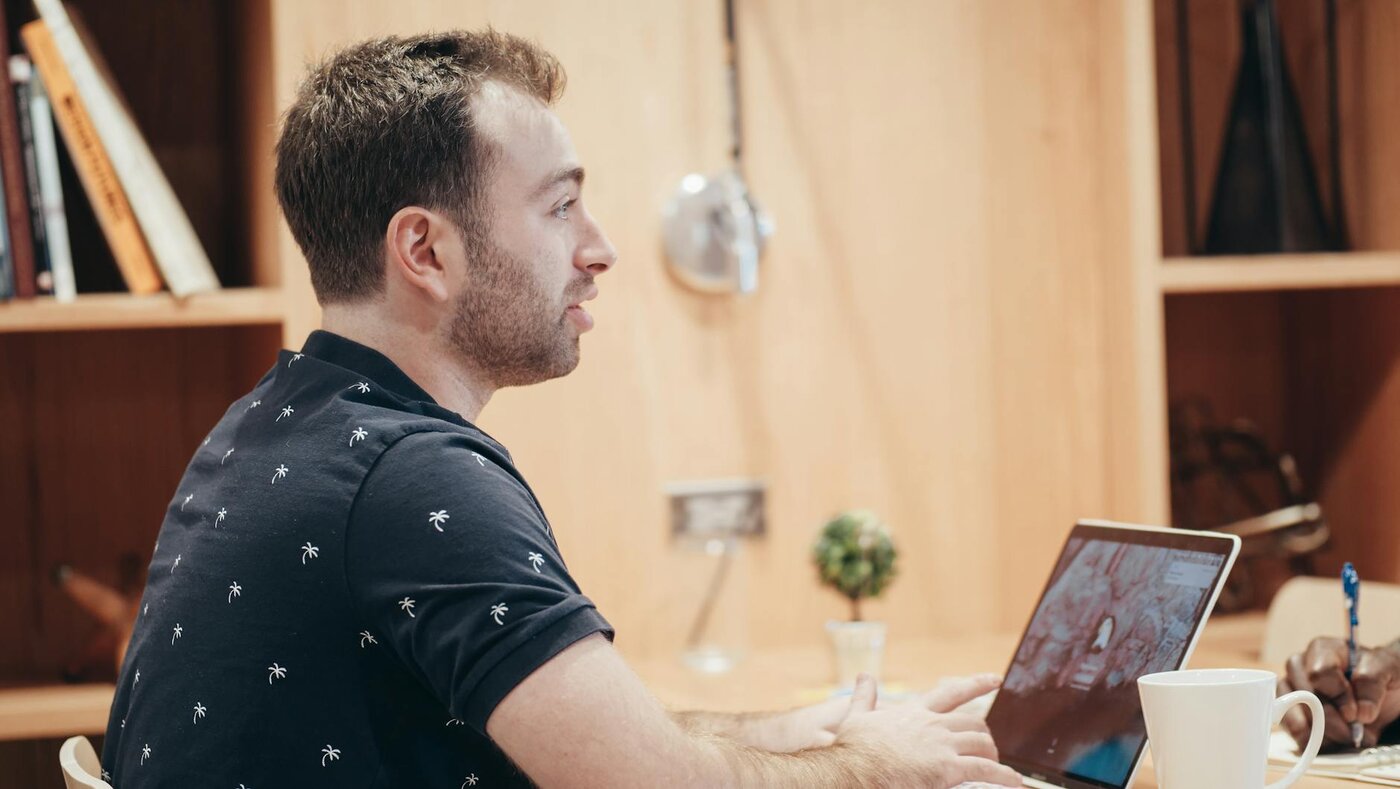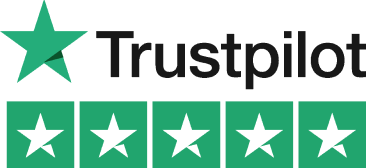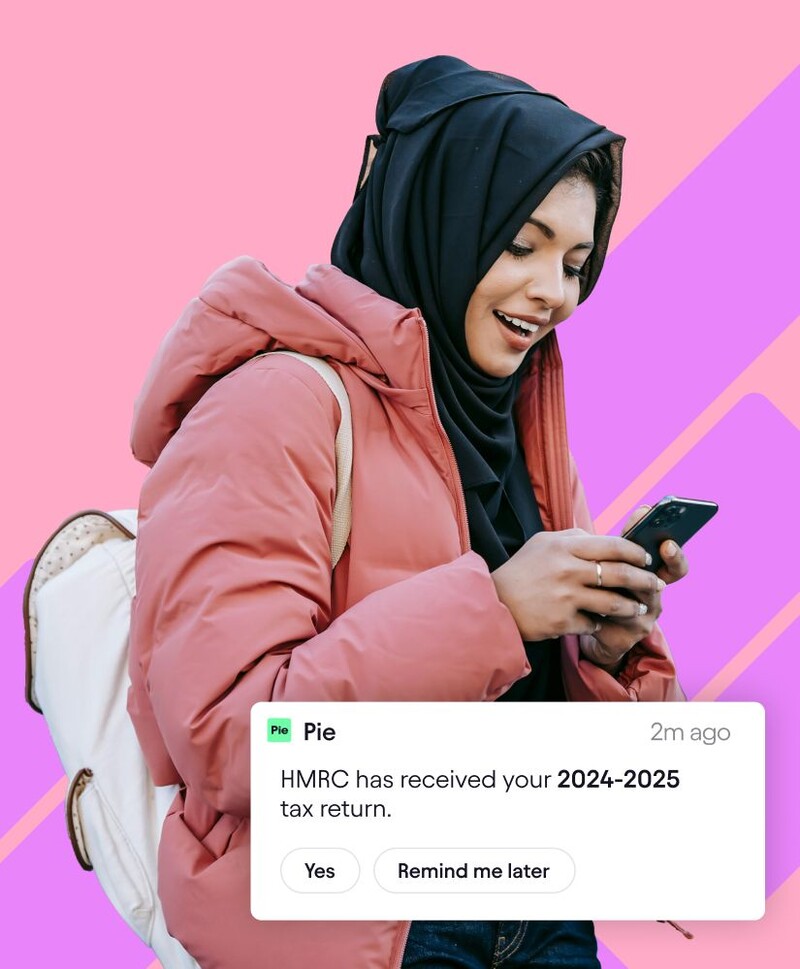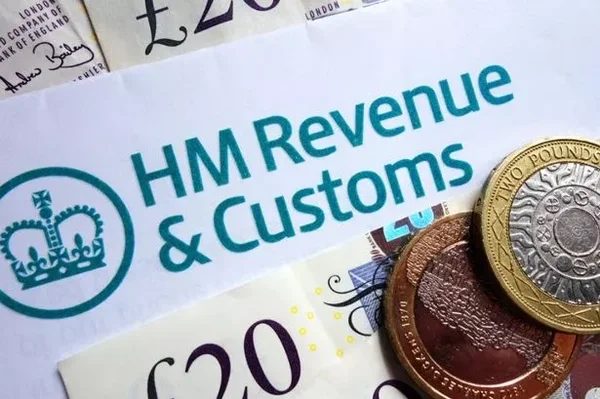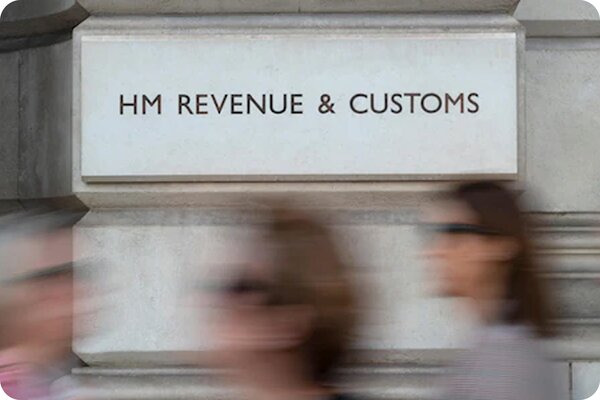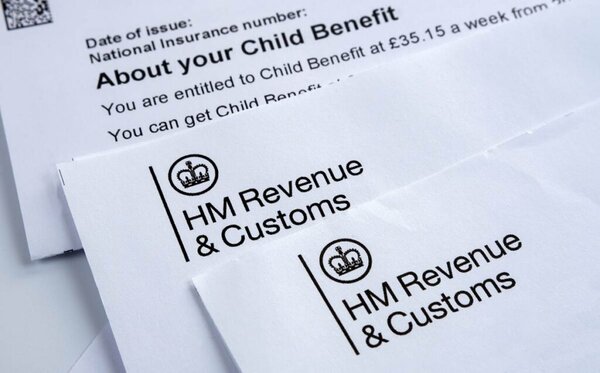What is Changing?
The tax office wants everything digital, which means no more shoeboxes full of receipts or handwritten ledgers. Making Tax Digital is here, and it's transforming how businesses interact with HMRC.
Whether you're self-employed, run a limited company, or manage rental properties, these changes affect you. The good news is that it's not as scary as it sounds once you understand the basics.
In this article, we'll cover what Making Tax Digital actually means, who needs to follow the rules, when you need to comply, and how to get your business ready without the stress.
What is Making Tax Digital?
Making Tax Digital (MTD) is HMRC's push to modernise the UK tax system. It requires you to keep digital records of your business transactions, which means paper records won't cut it anymore.
You'll also need to submit your tax returns using compatible software. No more manual filing through the HMRC website for those within the scheme.
The system works through quarterly updates instead of one annual return. You'll send information four times a year, which HMRC believes reduces errors since digital records mean fewer mistakes when calculating what you owe.
It also helps you stay on top of your tax throughout the year. No more January panic when you realise you owe thousands that you haven't set aside.
The programme rolled out in phases, with VAT coming first and Income Tax following behind. Each phase brought different businesses into the digital system at different times.

Who actually needs to follow Making Tax Digital rules?
If you're VAT-registered, you're already using MTD for VAT. This became mandatory for all VAT-registered businesses in April 2022, regardless of turnover.
Self-employed individuals earning over £50,000 annually need to join MTD for Income Tax from April 2026. Landlords with property income above £50,000 fall into the same category, as your rental income counts towards this threshold.
From April 2027, the threshold drops to £30,000, which brings many more sole traders and landlords into the system. Partnerships follow the same income rules, so if your partnership earns above the threshold, you'll need to comply.
Some people get exemptions though. If you're unable to use digital tools due to age, disability, or remote location, you might qualify for an exception.
When do you need to start using Making Tax Digital?
The VAT deadlines have already passed, so all VAT-registered businesses must now use MTD-compatible software. For Income Tax Self Assessment, April 2026 is the big date when anyone earning over £50,000 needs to be ready.
You'll submit quarterly updates throughout the tax year, and these are due within a month of each quarter ending. Your final declaration still follows the traditional deadline of 31st January after the tax year ends.
April 2027 brings the next wave when the threshold drops to £30,000, catching more businesses in the net. Start preparing at least six months early because getting your software sorted and learning the system takes time.
Don't wait until the last minute, as HMRC won't extend deadlines just because you're not ready. Planning ahead gives you breathing room to sort out any technical issues.

How do you actually prepare for Making Tax Digital?
First, choose your software from HMRC's list of approved providers on their website. Look for something that suits your business type, as a simple sole trader needs different features than a landlord with multiple properties.
Many options exist at different price points, and some basic software is even free for straightforward businesses. Next, sort out your record-keeping to make sure you're capturing all the information HMRC requires.
Digital links matter here because if you use multiple software tools, they need to connect automatically. Manual copying of data between systems isn't allowed, as HMRC wants proper digital connections throughout your process.
Train yourself on the new system by spending time learning how to record transactions and submit updates. Consider getting professional help since an accountant who understands MTD can save you headaches down the line.
Test everything before your deadline by running a practice quarter to spot any problems early. I remember one self-employed designer who tested her system three months early and discovered her expense categories weren't mapping correctly fixing it then saved her from missing her first submission deadline.
What software actually works with Making Tax Digital?
HMRC publishes an official list of compatible software on their website under the MTD section. The list includes dozens of options, from simple apps to comprehensive accounting platforms.
Free software exists for basic needs, so if your business is straightforward, you might not need to pay anything. Popular paid options include various accounting platforms designed for small businesses, with prices typically ranging from £10 to £50 monthly.
Some software handles everything in one place, whilst others focus specifically on MTD compliance. Bridging software lets you keep your current system by sitting between your existing tools and HMRC's systems.
Your software must keep digital records and submit returns directly to HMRC through their API. Check reviews from businesses similar to yours, as what works for a plumber might not suit a consultant.
Mobile apps are available too, and some people prefer managing everything from their phone. The key is finding something you'll actually use consistently rather than the most feature-packed option.

What happens if you ignore Making Tax Digital requirements?
HMRC takes non-compliance seriously, and penalties start if you fail to keep digital records properly. Late VAT returns trigger automatic fines, with the first late submission costing £200.
Miss multiple deadlines and the penalties increase, as daily charges can reach £400 plus additional amounts. Inaccurate records lead to separate penalties that depend on how much tax is at stake.
You could lose access to simplified schemes like the Flat Rate VAT Scheme. Continued failure brings HMRC investigations, which means more scrutiny of your entire tax history.
Getting compliant quickly limits the damage, so if you've missed the deadline, sort it out now rather than later. HMRC does offer support for genuine difficulties, so if you're struggling, contact them before penalties mount up.
Making Tax Digital doesn't have to be overwhelming
Yes, it's a change, but thousands of businesses have already made the transition successfully. The system actually helps once you're used to it, as knowing your tax position throughout the year reduces stress.
You're less likely to underpay and face surprise bills because the quarterly updates keep you informed. Start your preparation now if you haven't already, since waiting only makes things harder.
Choose software that feels comfortable to use since you'll be logging in regularly. Get help if you need it, as there's no shame in asking an accountant for guidance.
Pie is the UK's first personal tax app, dedicated to helping working individuals manage their tax responsibilities. It's the only self assessment solution offering integrated bookkeeping, real-time tax calculations, simplified return processing, and expert advice when you need it.
Ready to make Making Tax Digital simple? Visit Pie and see how we help thousands of self-employed people stay compliant without the confusion.
